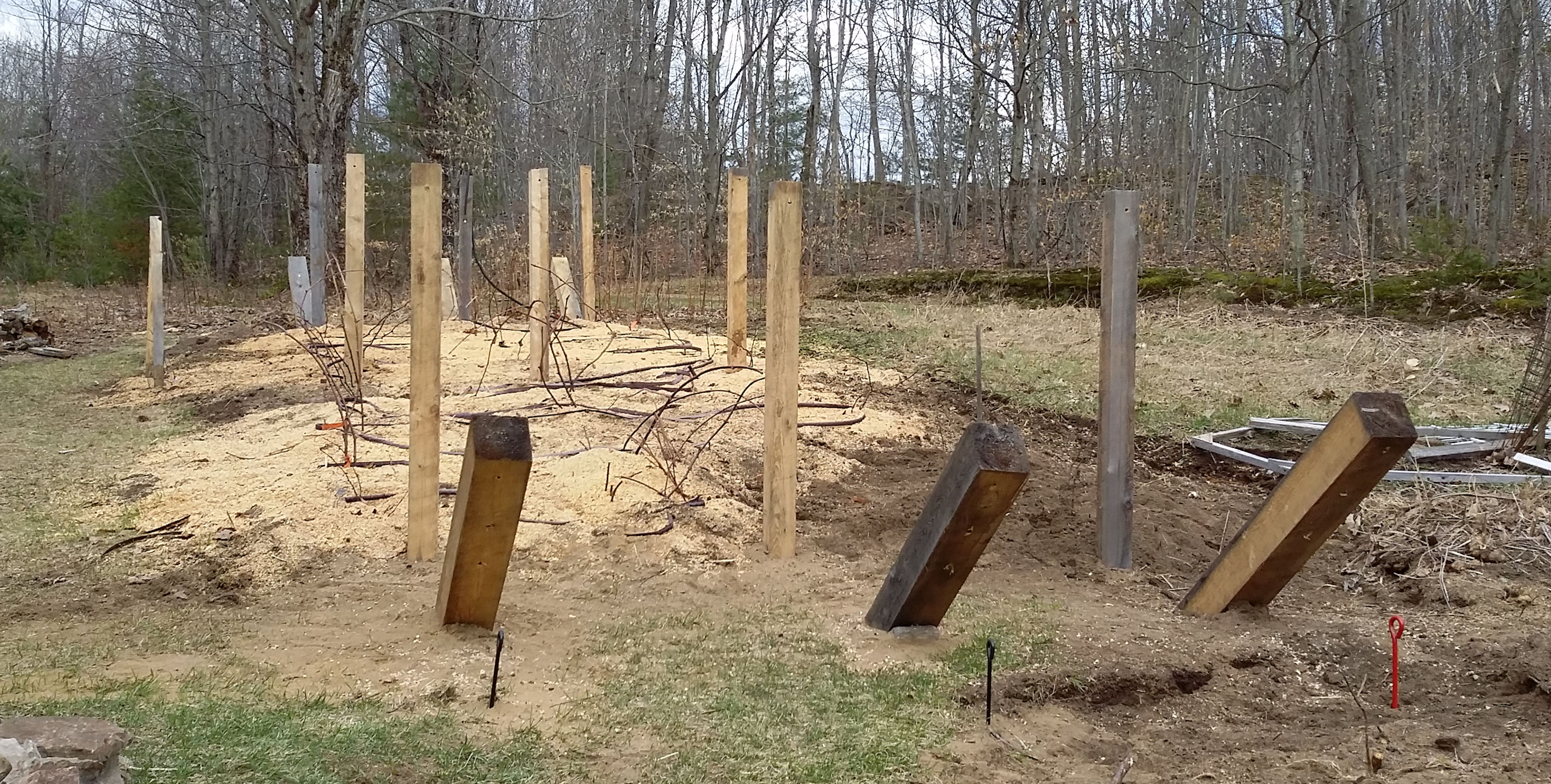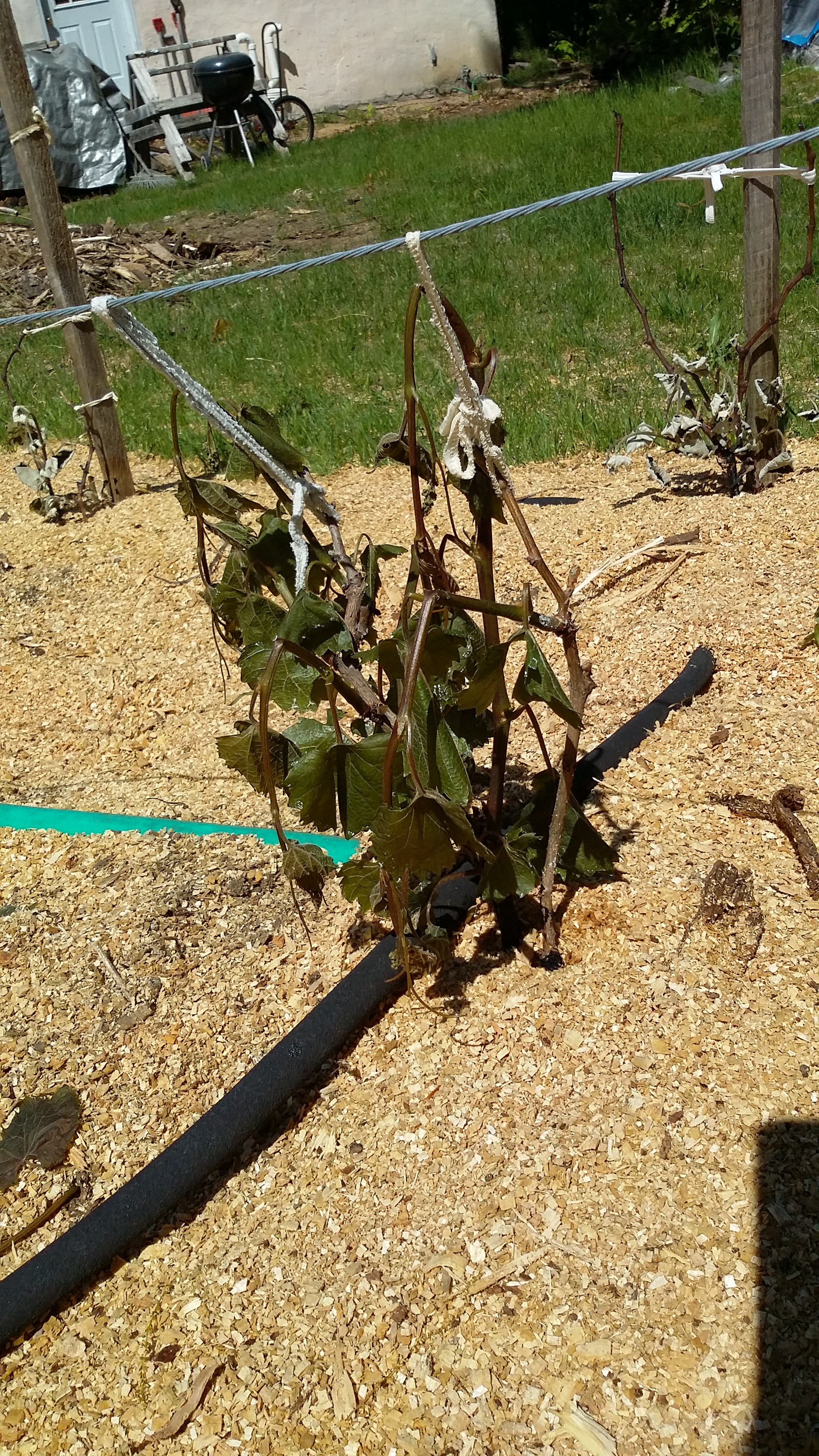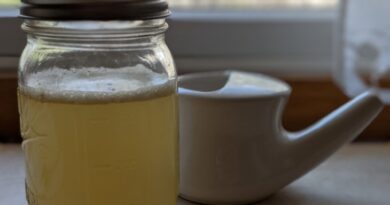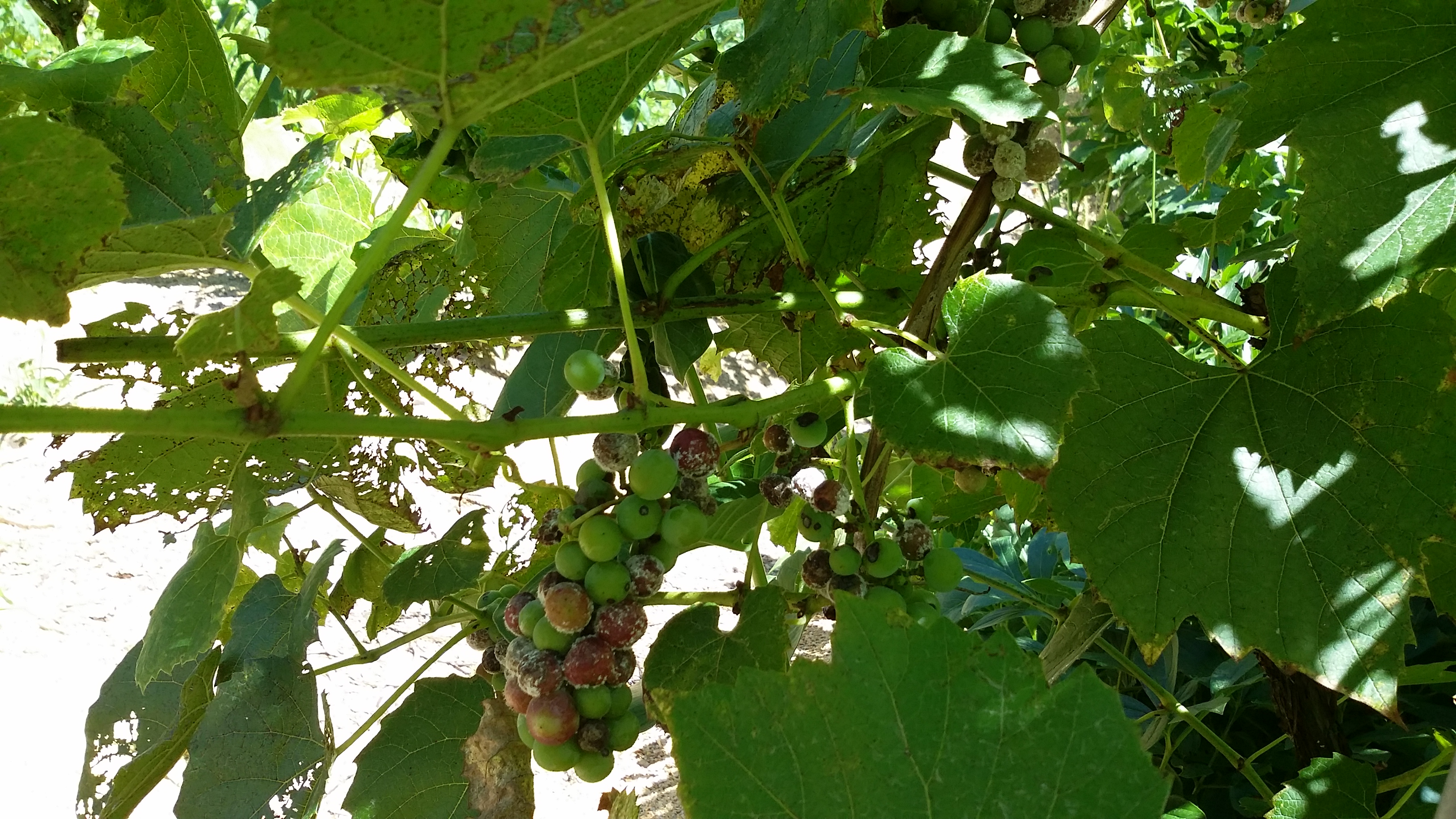Finally, Northern Wine Grape Vines Earn Their Arbor
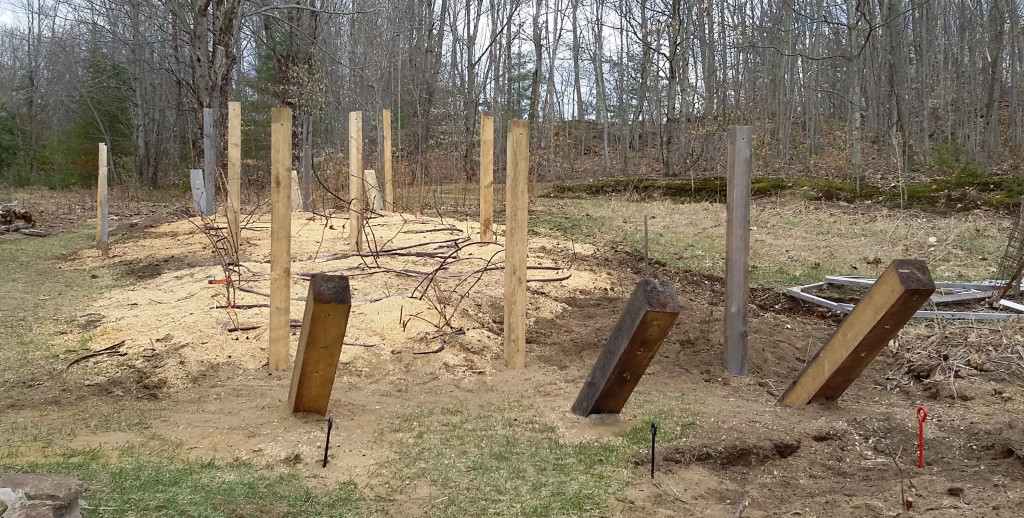
By Mary G. Holland
April 27, 2015
Northern Wine Grape Vines: Starting a Vineyard
After around ten years I finally decided to build an arbor to support my northern wine grapes, now that it appears they will survive starting a vineyard.
This is the second vineyard. The first one failed. Above is a picture of the new arbor after setting the posts that these toughened vines have so well earned.
I don’t have the wires strung yet, but all the posts are set. There’s two vines set in on the far left side, to start a fourth row.
First Vineyard: Dirt Island Back Story
For the past nine or ten years, depending on how you count it, I’ve been trying several varieties of the best northern wine grape varieties. I wanted to see what’s going to survive our very stressed USDA Zone 3, all sand environment. Our spring last frost-free date is around the third week of April through mid May. First frost is highly variable, ranging from the first week of September, through the third week of November, but usually around early October.
My theory was that when you grow wine grapes (or herbs for that matter) in stressed areas, they grow slowly, and produce thinly, but in near-wild conditions. This can develop some extraordinary, complex flavors in the wine due to how far the roots have to travel to get fed. So being a part of a wine tasting group of friends, and an avid organic gardener, I thought it would be fun to try to see what I could do, and raise them organically.
My “soil” if you want to call it that, is a reclaimed landfill (OK let’s call it a dump, because that’s what it was – trash and junk dumped on the surface,) covered when we built our house, with up to 39′ of pure glacial til sand from the ground around it.
About ten years ago I had a truckload of clay-based topsoil brought in, spread in an area next to the existing garden, and another area on top of the ridge that my brother aptly called “Dirt Island.” I added some lime to loosen it up, which it did successfully. But the result was this ultra fine, silty mix that packed down real hard, and still kept turning somewhat acid. Very little organic matter.
So I pushed cover crops: buckwheat, rye. Dirt Island was getting difficult to manage too, so I focused on the area next to the garden: more buckwheat, rye, a couple pickup loads of partially composted manure. Straw. Kitchen garbage. Fall leaves. Shredded paper. You name it. And battled lots of quack grass, trying to dig it out each spring, or till it in several times during the summer. It always got away from me.
Meantime, I started some wine grapes on Dirt Island, that had only one year’s worth of cover crops tilled in. It was a risk to try this before the soil was ready, but I figured if I succeeded, I was that much farther ahead.
I purchased two each of around 10 northern varieties, all chosen for the quality of wine they produced, and cold hardy to at least zone 5, with some to zone 3-4. I’d read that you can grow some zone 5 varieties if you give cold protection, and I was successful with maybe 20% of the roses I’d planted, so what the heck, it was a fun experiment anyway. I added amendments to each planting hole. By the third or fourth year, only about 5 varieties survived, including one dessert grape (Delaware.) I was not to be deterred.
I tried propagating all varieties starting the second Dirt Island year, and finally got one plant each from Foch, Leon Millot and Frontenac.
Meantime, I bought four Marquette vines in year 4 or 5 and started them where others had been hit by the cold. The Marquette was a much more vigorous variety all around (cold hardy, strong growth, disease and bug resistance) and propogated fairly easily. I managed to get 2-3 vines off my initial four plants, the first time.
Dirt Island had been a landfill for the cleared brush from 1996 site prep of our home, so by vineyard year five (2009?) there were sinkholes developing from decaying wood and trash. I was also having great difficulty with deer, Japanese beetles, and horribly invasive quack grass, reaching down 12-16 inches into the sand below and sucking up all my amendments along the surface. Clearly something had to be done. “Surrender” is not in my handbook.
To be continued…

